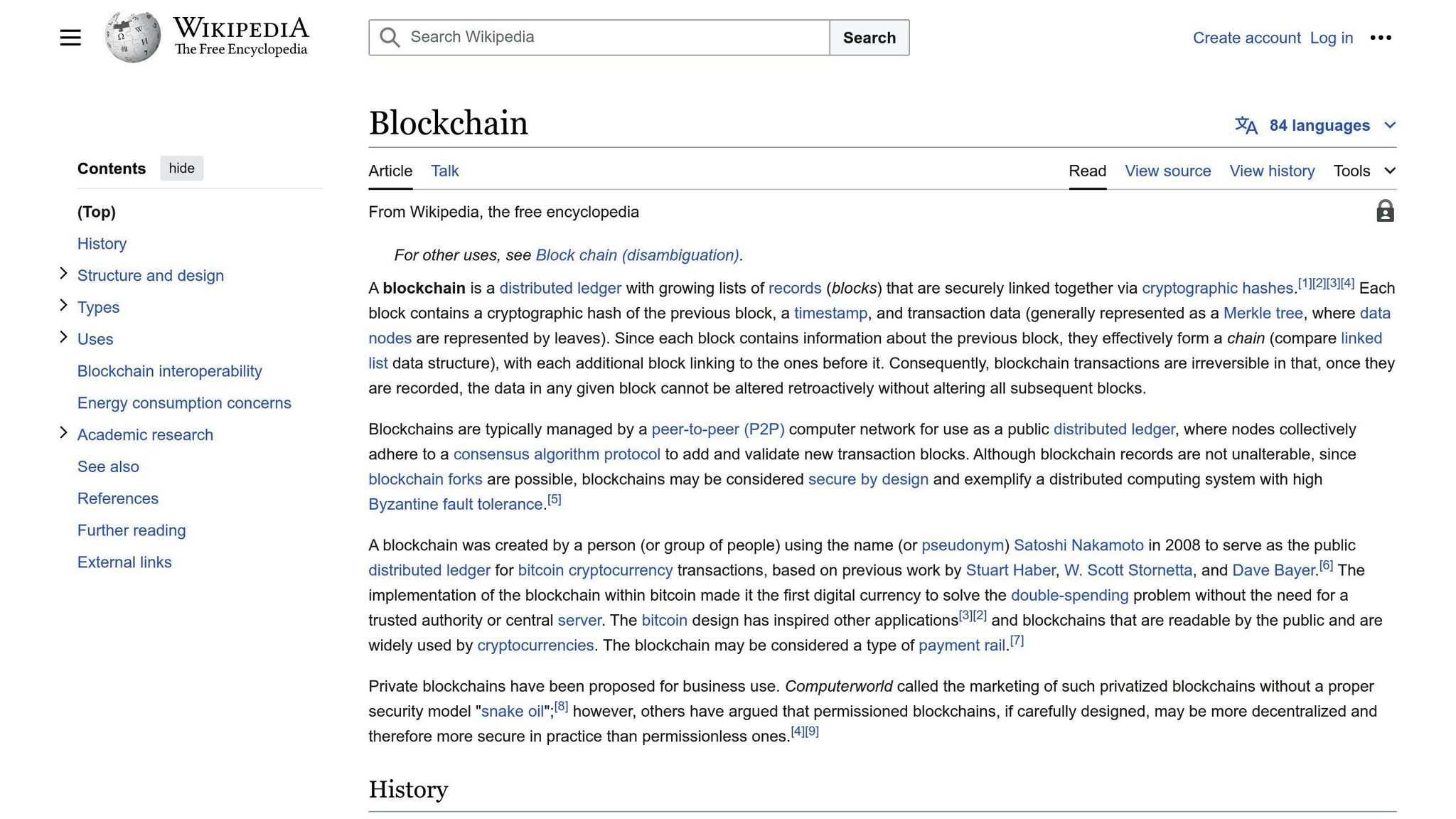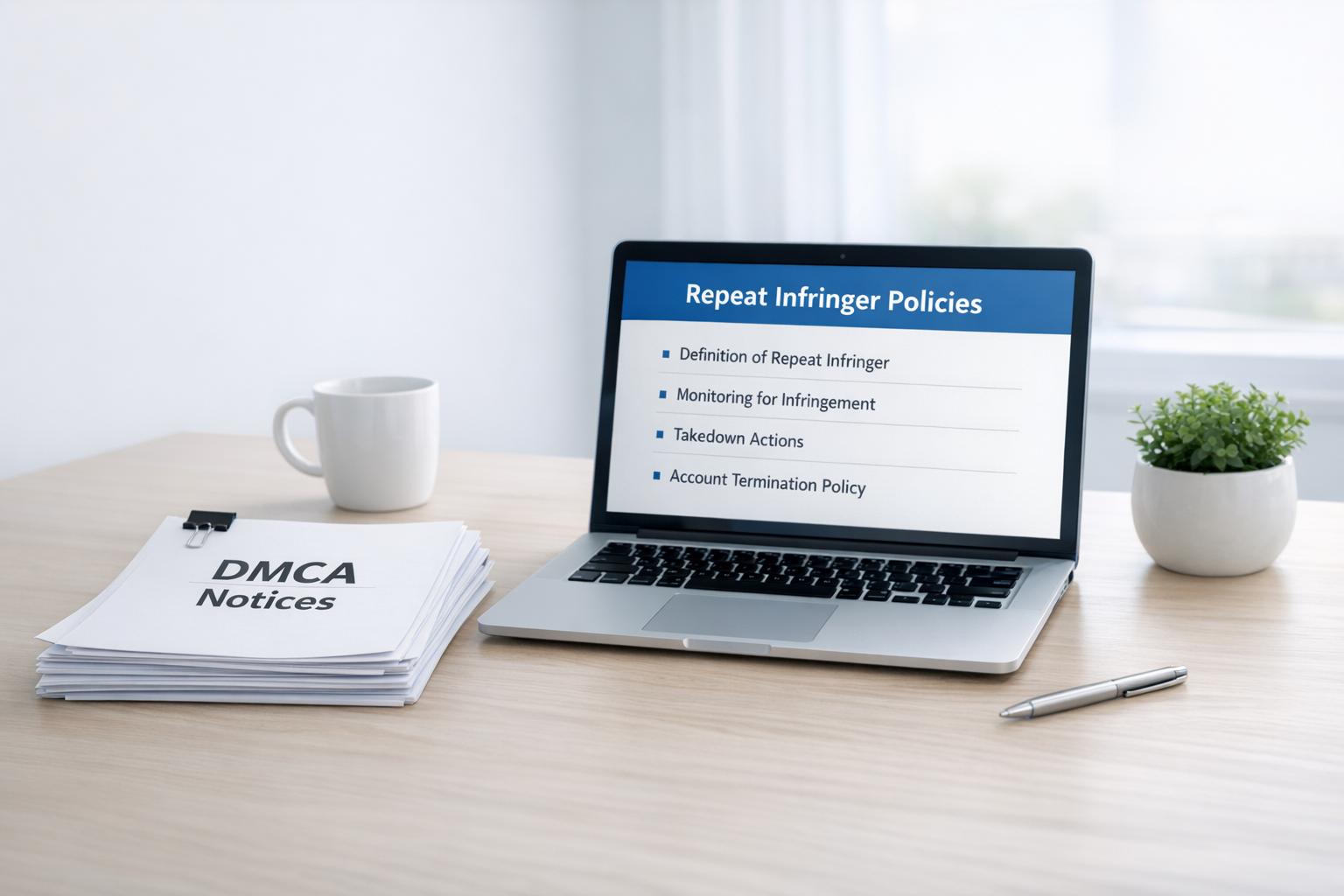Blockchain technology offers a secure and transparent way to manage digital rights and protect intellectual property from unauthorized access, distribution, and piracy. By leveraging decentralization, immutability, and transparency, blockchain-based digital rights management (DRM) systems provide several key benefits:
- Security: Protects digital assets from tampering and unauthorized access through decentralized, tamper-proof records.
- Transparency: Clear records of ownership and usage ensure fair payments to creators and rights holders.
- Decentralization: No single point of failure, reducing the risk of attacks and data breaches.
Blockchain DRM systems consist of components like:
- Registering digital assets on the blockchain for ownership and provenance tracking.
- Smart contracts for defining and enforcing access control and usage policies.
- Automated royalty payments and micropayments for content access and usage.
While challenges exist, such as scalability, integration with existing systems, user experience, and legal compliance, blockchain DRM has potential use cases across industries like digital media, software licensing, digital art, and more.
Here’s a quick comparison of traditional DRM and blockchain-based DRM:
| Feature | Traditional DRM | Blockchain-based DRM |
|---|---|---|
| Centralization | Centralized, single point of failure | Decentralized, no single point of failure |
| Trust | Trust in intermediaries required | Trustless, transparent, and tamper-proof |
| Rights Management | Complex, manual, and error-prone | Automated, secure, and transparent |
| Royalty Distribution | Manual, delayed, and prone to errors | Automated, immediate, and transparent |
| Scalability | Limited, prone to bottlenecks | Highly scalable, flexible, and easily updatable |
| Flexibility | Inflexible, rigid, and difficult to update | Flexible, adaptable, and easily updatable |
Blockchain-based DRM offers a promising solution for securely managing digital assets and protecting intellectual property rights in the digital age.
Related video from YouTube
Issues with Current DRM Systems
Current digital rights management (DRM) systems have several problems that make them less effective in protecting digital assets. Here are the main issues:
Centralized Control
- Single Point of Failure: Centralized systems are easier targets for hackers. If one part fails, the whole system can be compromised.
Lack of Transparency
- Limited Visibility: Creators and users often can’t see how their digital assets are managed. This can lead to mistrust and dissatisfaction.
Enforcement Challenges
- Complex Management: Handling different usage rights, licenses, and permissions can be confusing. Errors and loopholes can be exploited.
- Costly Enforcement: Tracking violations and enforcing penalties can be expensive and may not always stop piracy.
User Restrictions
- Poor User Experience: Restrictions on legitimate users can make accessing and using digital content difficult. This can push users to seek unauthorized sources.
- Stifles Creativity: Creators may avoid new formats or platforms due to the limitations of current DRM systems.
Summary of Issues
| Issue | Description |
|---|---|
| Centralized Control | Single point of failure, easier for hackers to target |
| Lack of Transparency | Limited visibility for creators and users, leading to mistrust |
| Enforcement Challenges | Complex management of rights, costly and ineffective enforcement |
| User Restrictions | Poor user experience, stifles creativity and innovation |
Overall, these problems show the need for a more secure, transparent, and user-friendly DRM system. Blockchain-based DRM offers a promising solution by providing a decentralized and secure way to manage digital assets and protect intellectual property rights.
Blockchain DRM: Key Principles

Blockchain-based digital rights management (DRM) uses the core features of blockchain technology to manage digital assets securely and transparently. The main principles are decentralization, immutability, and transparency.
Decentralization
- No Single Point of Failure: The system is spread across many nodes, making it harder for hackers to attack.
- Community Control: Creators and users have more control over their content.
Immutability
- Tamper-Proof Records: Once data is added to the blockchain, it cannot be changed or deleted. This ensures the integrity of digital assets.
Transparency
- Clear Records: All transactions and interactions with digital assets are visible. This helps track ownership and usage, ensuring rights are respected and payments are made fairly.
By using these principles, blockchain-based DRM offers a secure and clear way to manage digital assets and protect intellectual property rights. This approach also allows for a more flexible DRM system that can grow with the needs of creators and users.
In the next section, we will look at the parts of a blockchain DRM system and how they work together to manage digital assets securely and transparently.
Components of a Blockchain DRM System
A blockchain-based DRM system has several key parts that work together to manage digital assets securely and transparently.
Registering Digital Assets
Registering digital assets on the blockchain is the first step. This involves creating a unique digital fingerprint (hash) of the asset, which is then stored on the blockchain. This ensures the asset’s ownership and history are tamper-proof and clear.
Example: In digital art, registering a piece on the blockchain allows artists to prove ownership and authenticity, providing a clear record of provenance. This can increase the value of the art piece and provide security for buyers.
Access Control and Usage Policies
Smart contracts define and enforce usage policies, enabling secure and controlled content distribution. These contracts automate the process of granting access to digital assets, ensuring only authorized parties can view, edit, or share the content.
Example: In the music industry, a smart contract can manage music licensing agreements. The contract can automatically grant access to licensed music content and ensure royalties are paid to the copyright holders.
Royalty Payments and Micropayments
Blockchain-based DRM systems can automate and transparently distribute royalties to rights holders, while also facilitating micropayments for content access and usage. This ensures creators receive fair compensation for their work and provides a smooth experience for users.
Example: In the e-book industry, a blockchain-based DRM system can track and manage e-book sales, automatically distributing royalties to authors and publishers. This helps reduce piracy and ensures creators are paid fairly.
sbb-itb-738ac1e
Challenges in Implementing Blockchain DRM
Implementing a blockchain-based DRM system comes with its own set of challenges. These challenges can be technical, operational, or regulatory in nature. In this section, we’ll examine some of the key challenges involved in implementing a blockchain-based DRM system.
Scalability and Performance Concerns
One of the primary challenges in implementing a blockchain-based DRM system is scalability. Blockchain technology is still in its early stages, and it can be slow and inefficient compared to traditional DRM systems. As the number of users and transactions increases, the blockchain network can become congested, leading to slower transaction times and higher costs. This can be a significant issue for content creators who rely on timely and efficient distribution of their digital assets.
Integrating with Existing Systems
Another challenge is integrating blockchain-based DRM systems with existing content distribution systems. Many content creators and distributors have invested heavily in traditional DRM systems, and integrating blockchain technology can be a complex and time-consuming process. This can involve significant changes to existing infrastructure, software, and business processes, which can be costly and disruptive.
User Experience and Adoption Rates
User experience is another critical factor in the adoption of blockchain-based DRM systems. If the system is too complex or difficult to use, users may be resistant to adopting it. Content creators and distributors need to ensure that their blockchain-based DRM system is user-friendly and provides a seamless experience for their customers. This can involve investing in user interface design, testing, and iteration to ensure that the system is intuitive and easy to use.
Legal and Regulatory Compliance
Finally, blockchain-based DRM systems must comply with existing legal and regulatory frameworks. This can involve navigating complex and evolving laws and regulations related to copyright, intellectual property, and data privacy. Content creators and distributors need to ensure that their blockchain-based DRM system complies with these regulations and protects the rights of all stakeholders involved.
Potential Use Cases
Explore various industries and scenarios where blockchain-based DRM can be effectively implemented.
Digital Media Protection
Blockchain-based DRM can protect digital media like music, videos, and images. By creating an unchangeable record of ownership and usage rights, it ensures that digital media is safe from piracy and unauthorized sharing. For example, music artists can use blockchain DRM to track royalties and ensure they get paid fairly.
Software Licensing
Blockchain DRM can change software licensing by providing a secure and clear way to manage software usage rights. By creating a decentralized record of software licenses, it helps developers track usage and prevent license tampering or duplication. This can reduce software piracy and ensure developers are compensated fairly.
Digital Art and Collectibles
Blockchain DRM offers a way to protect digital art and collectibles, such as digital paintings and limited-edition items. By creating a decentralized record of ownership and history, it helps artists and collectors verify the authenticity and ownership of digital art. This can reduce counterfeiting and ensure artists are paid fairly.
Other Industry Applications
Blockchain DRM has uses in various industries, including literature, education, and research. It provides a secure and clear way to manage intellectual property rights, helping protect authors, researchers, and educators from copyright infringement. Additionally, it can protect sensitive data in industries like finance and healthcare.
Conclusion
The rise of blockchain-based DRM is changing how digital assets are protected and managed. By using the decentralized, transparent, and unchangeable features of blockchain, content creators and owners can better control their digital assets. This helps protect against piracy, unauthorized sharing, and copyright infringement.
Benefits of Blockchain-Based DRM
| Benefit | Description |
|---|---|
| Security | Protects digital assets from unauthorized access and tampering. |
| Transparency | Clear records of ownership and usage, ensuring fair payments. |
| Decentralization | No single point of failure, reducing the risk of attacks. |
Future Directions
- Scalability: Improve the system to handle more users and transactions efficiently.
- Integration: Make it easier to connect with existing content management systems.
- Compliance: Ensure the system meets legal and regulatory standards.
Blockchain-based DRM offers a secure and clear way to manage digital rights. As the technology improves, it will become even more effective in protecting digital content and ensuring creators are paid fairly.
Comparison Table
The following table compares traditional DRM systems with blockchain-based DRM systems, highlighting their differences in centralization, trust, rights management, royalty distribution, scalability, and flexibility.
| Feature | Traditional DRM | Blockchain-based DRM |
|---|---|---|
| Centralization | Centralized, single point of failure | Decentralized, no single point of failure |
| Trust | Trust in intermediaries required | Trustless, transparent, and tamper-proof |
| Rights Management | Complex, manual, and error-prone | Automated, secure, and transparent |
| Royalty Distribution | Manual, delayed, and prone to errors | Automated, immediate, and transparent |
| Scalability | Limited, prone to bottlenecks | Highly scalable, flexible, and easily updatable |
| Flexibility | Inflexible, rigid, and difficult to update | Flexible, adaptable, and easily updatable |
This comparison highlights the advantages of blockchain-based DRM systems over traditional DRM systems, including decentralization, trustlessness, automation, transparency, and scalability. By leveraging blockchain technology, content creators and owners can better protect their digital assets, ensure fair royalty distribution, and provide a more secure and transparent experience for users.
FAQs
Can blockchain be used for DRM?
Yes, blockchain can be used for DRM. It offers better security, transparency, and efficiency. As digital content grows, blockchain-based DRM systems will become more important.

